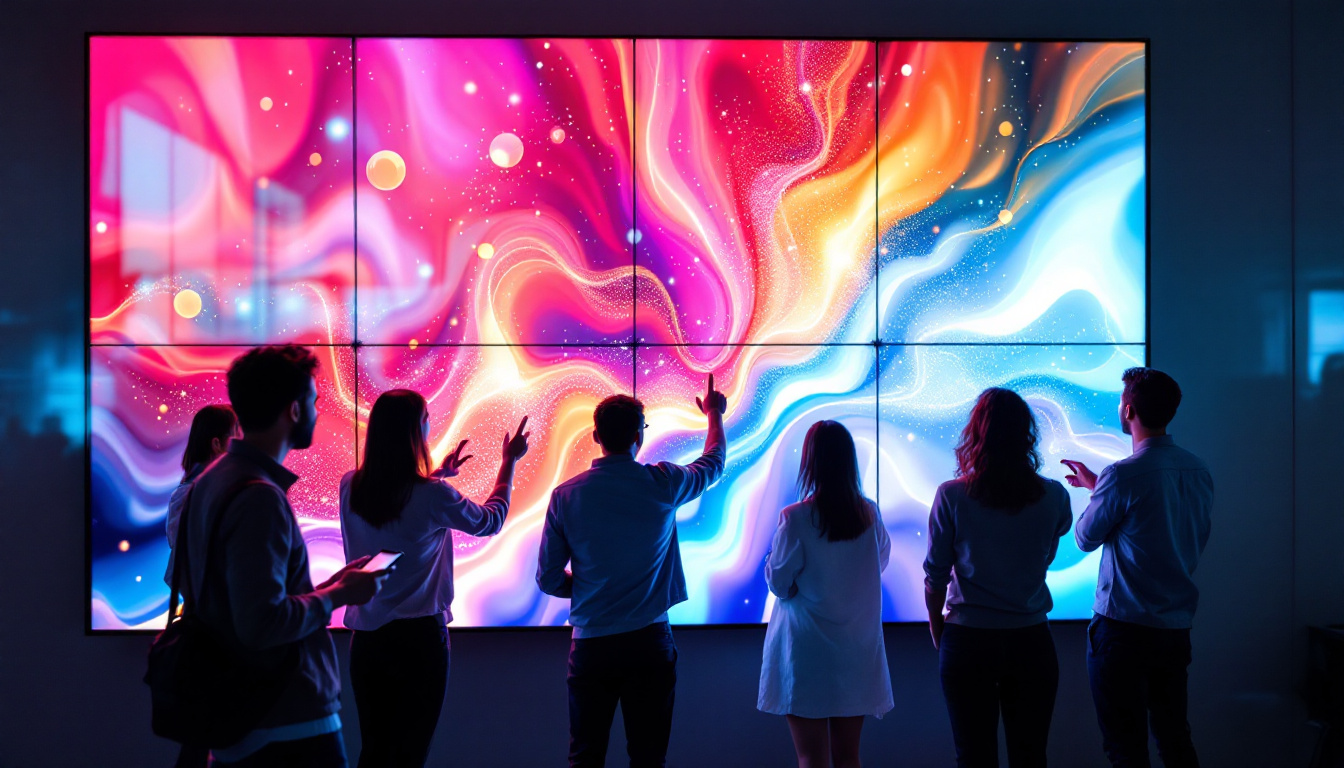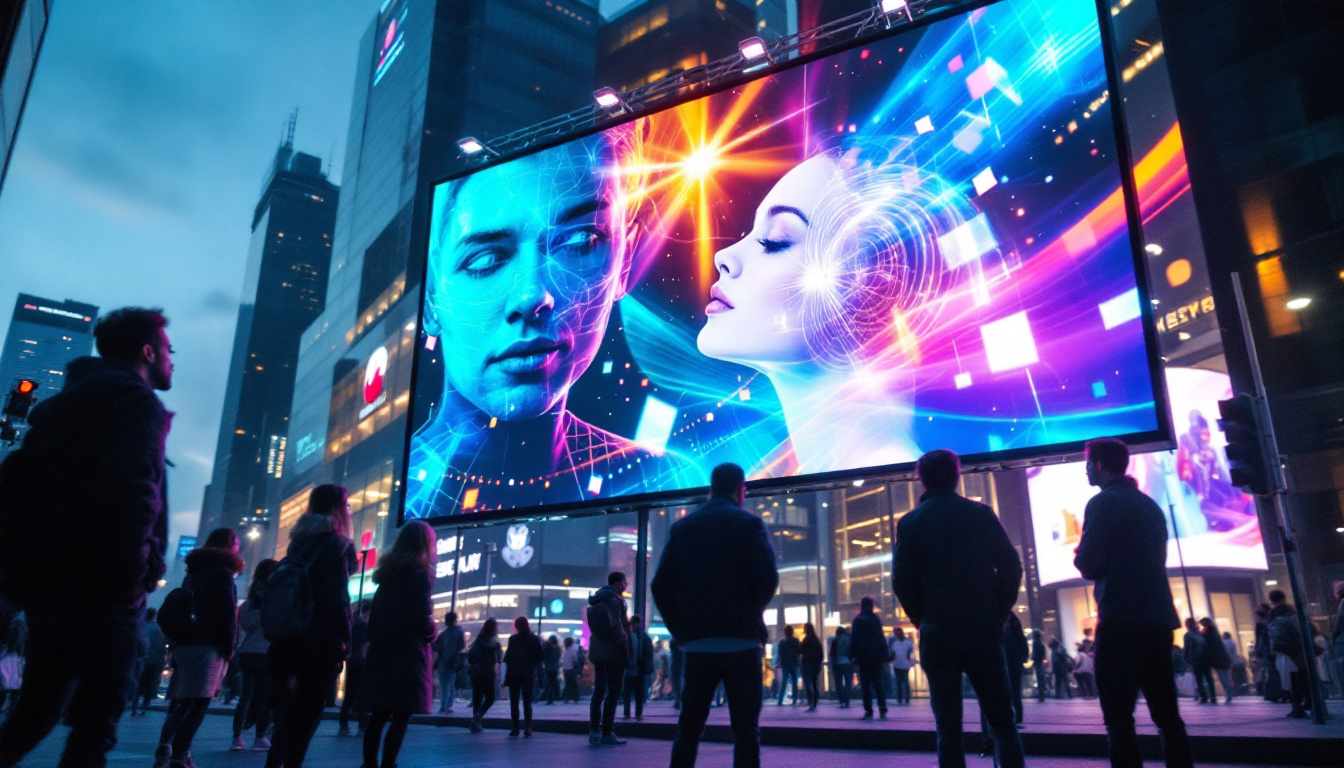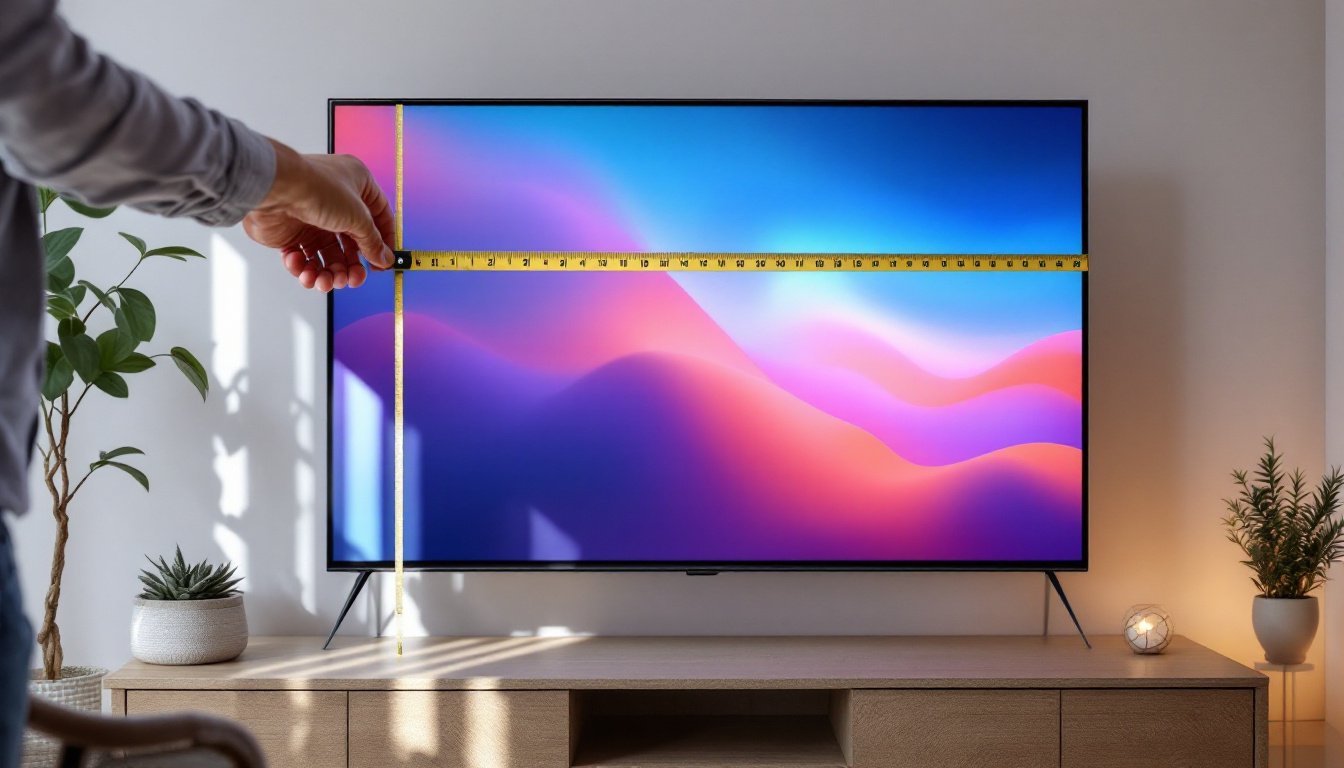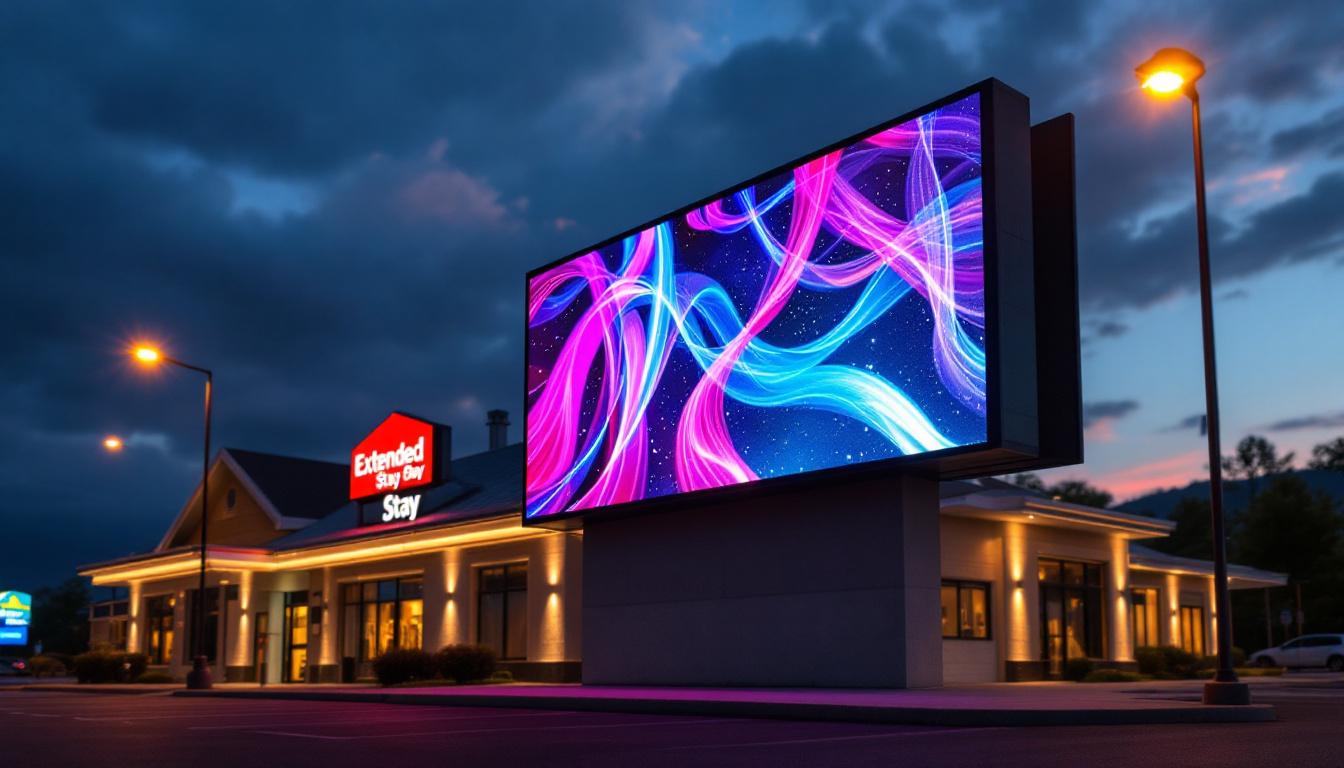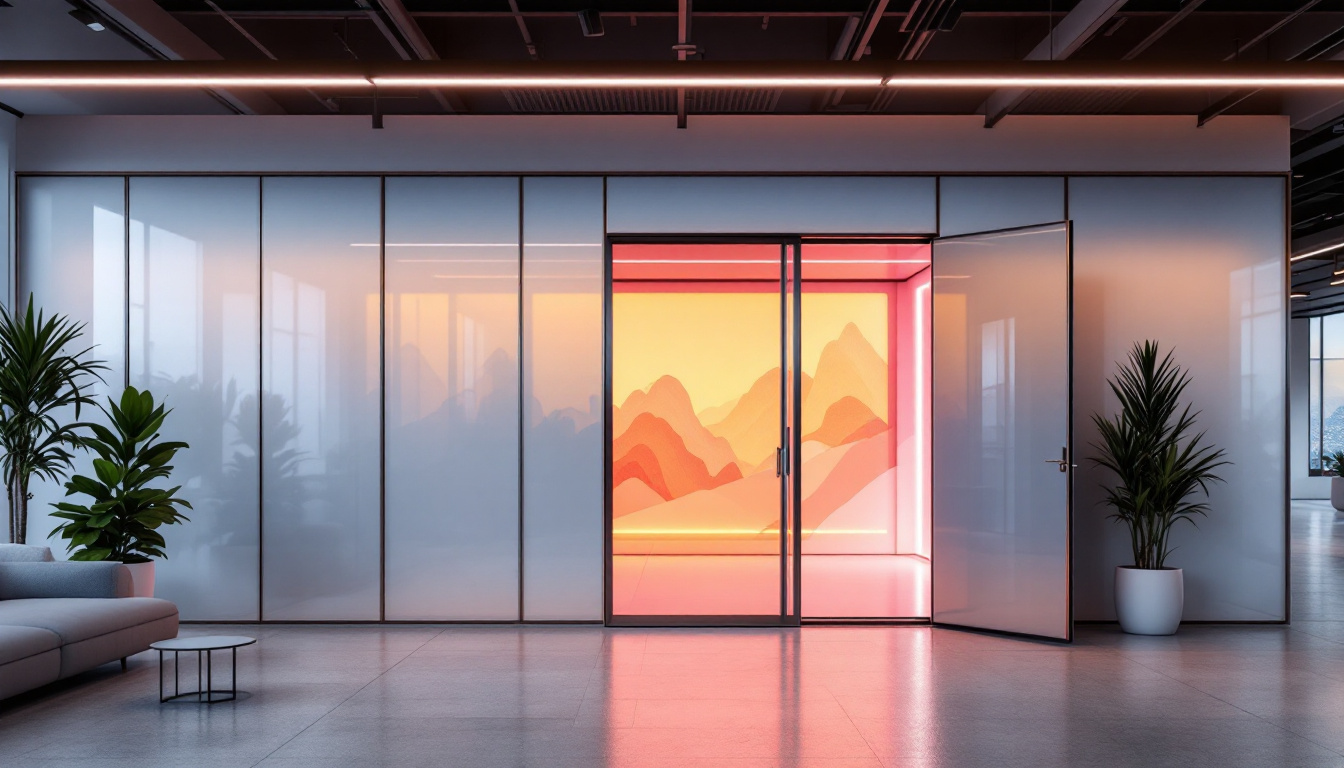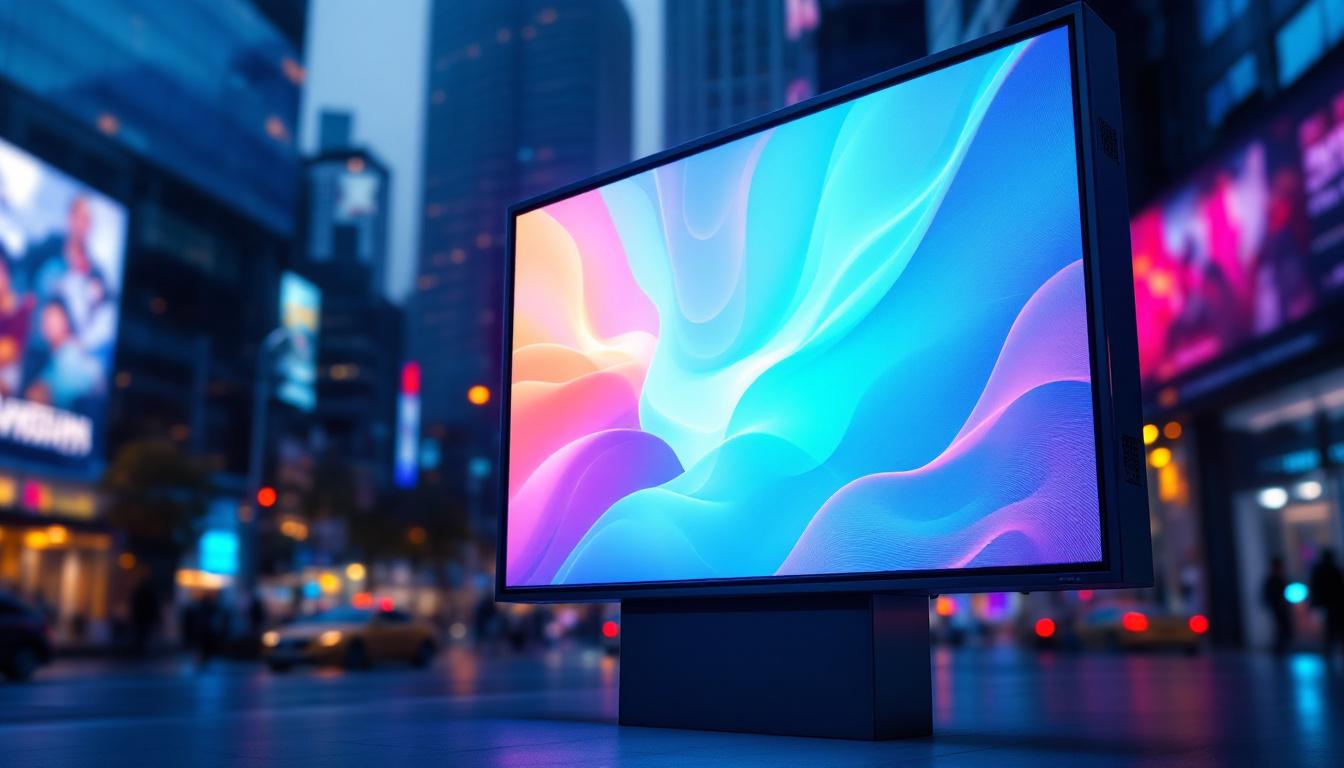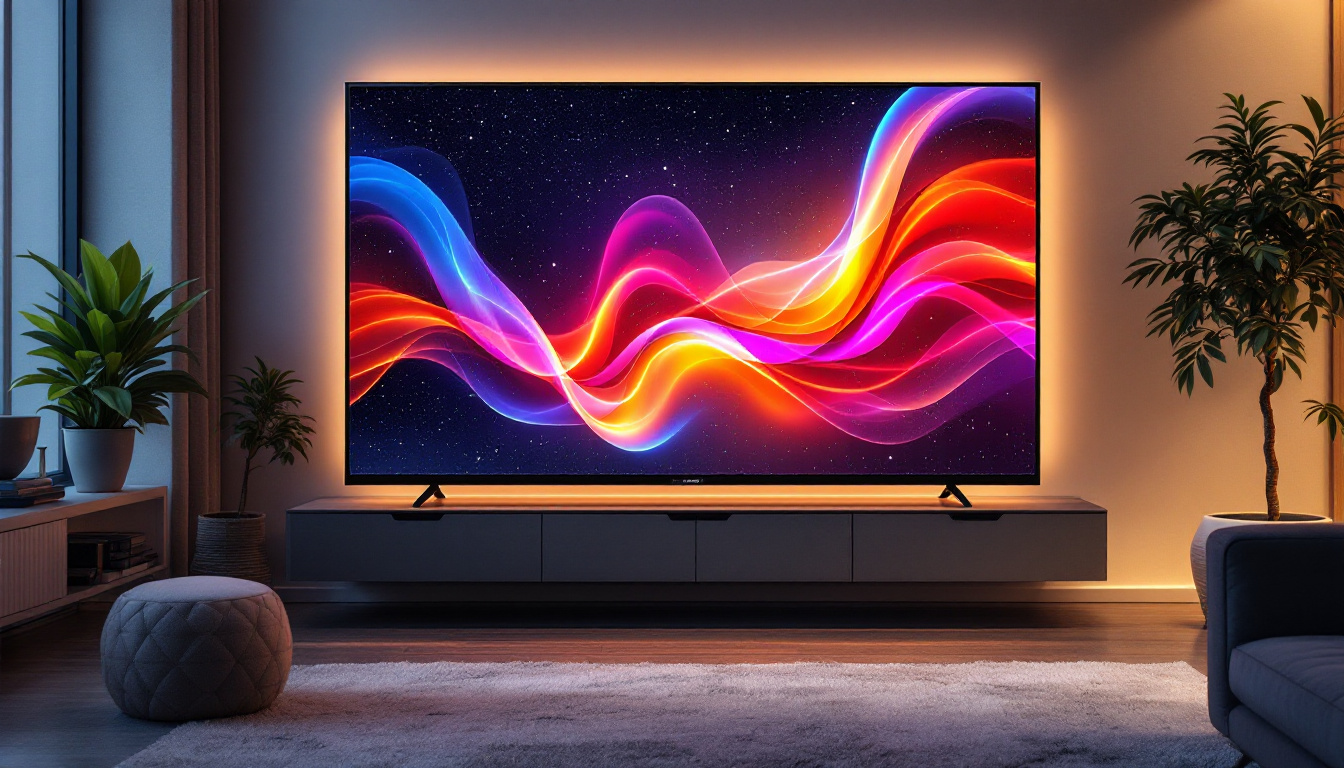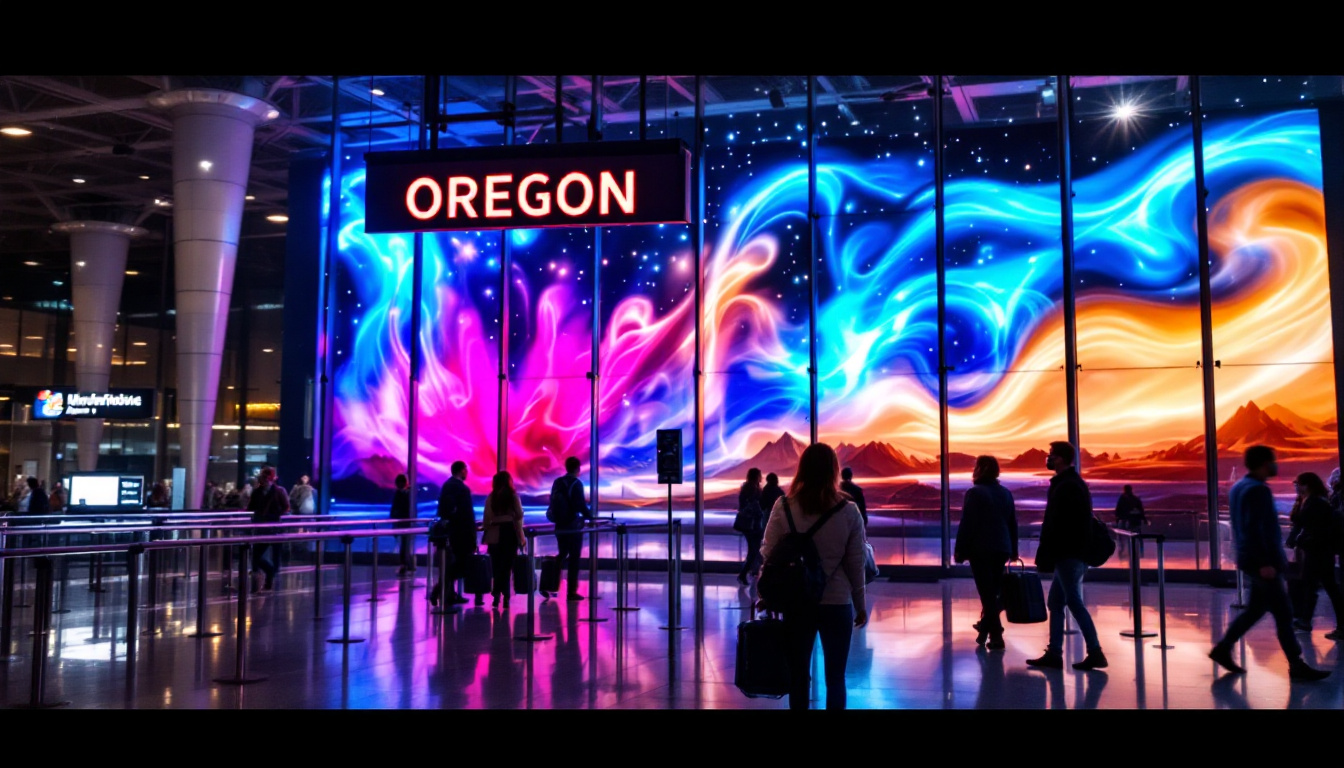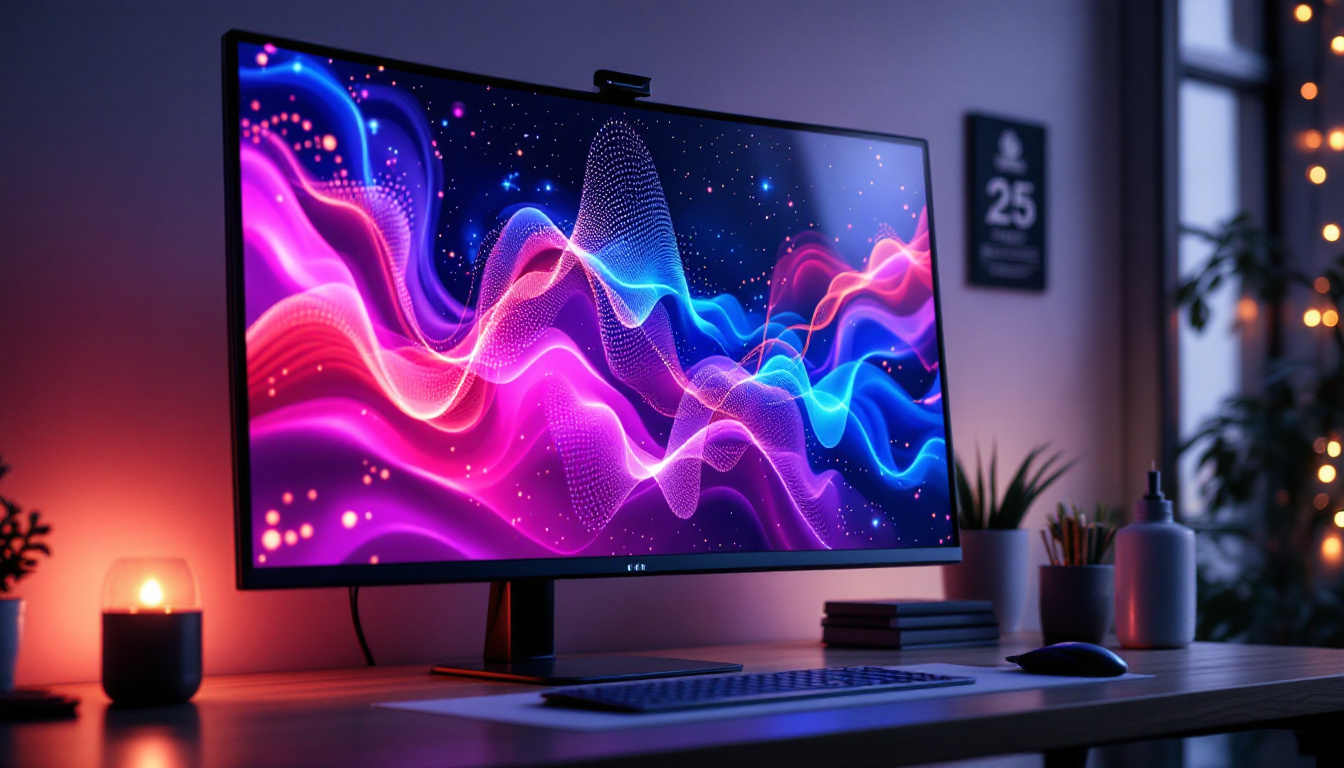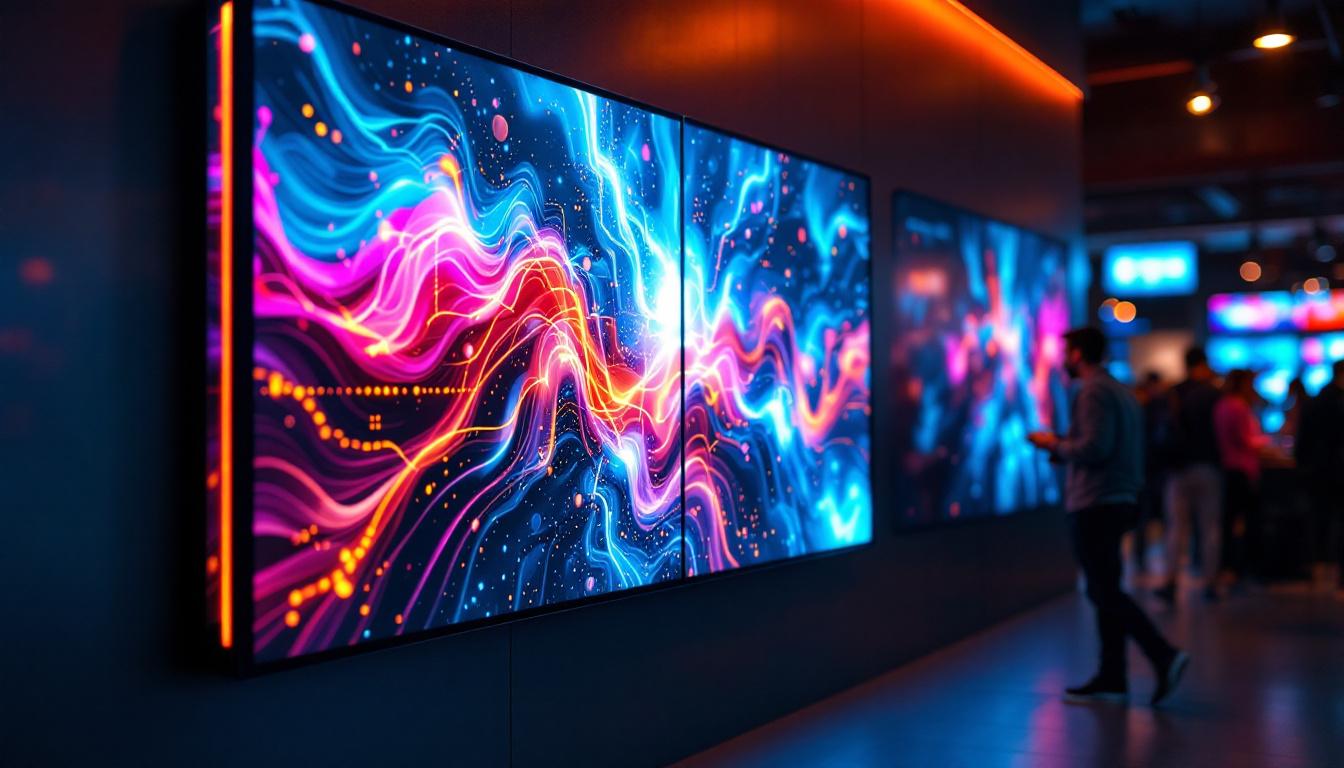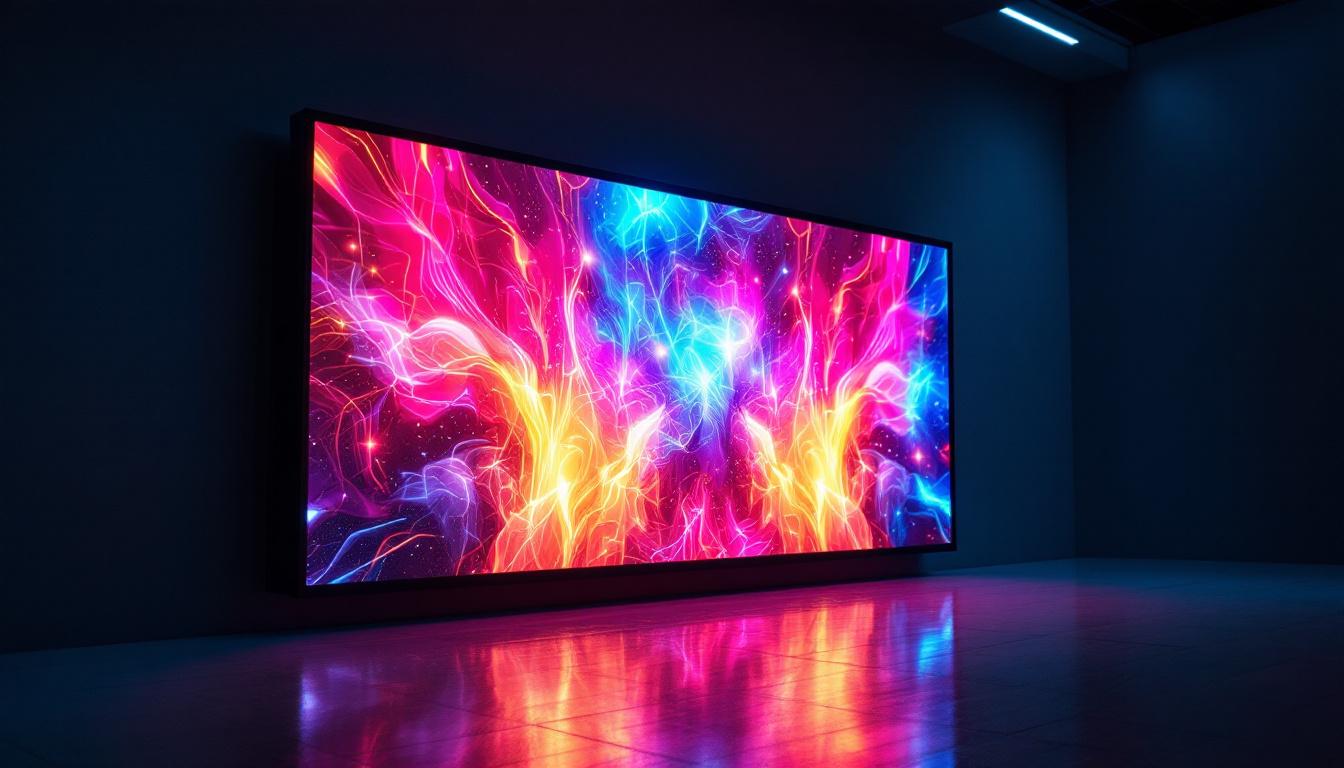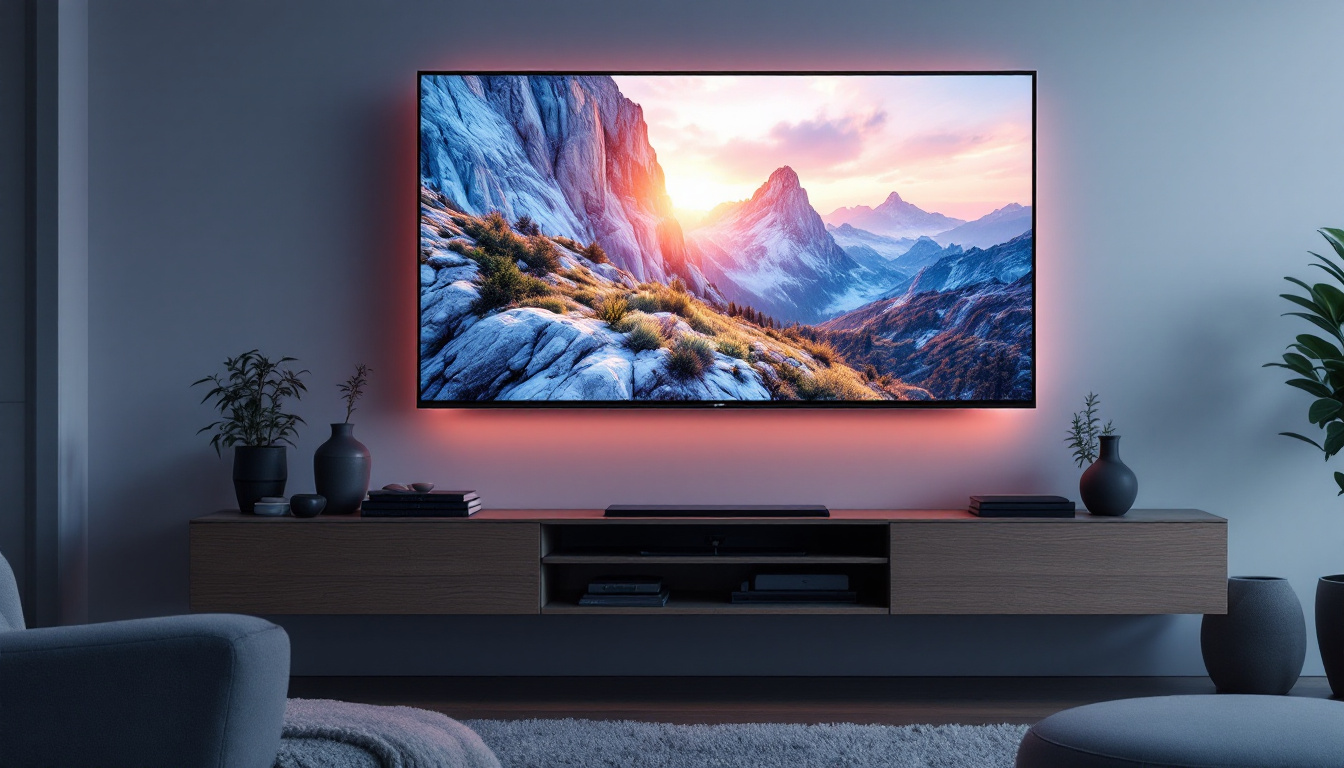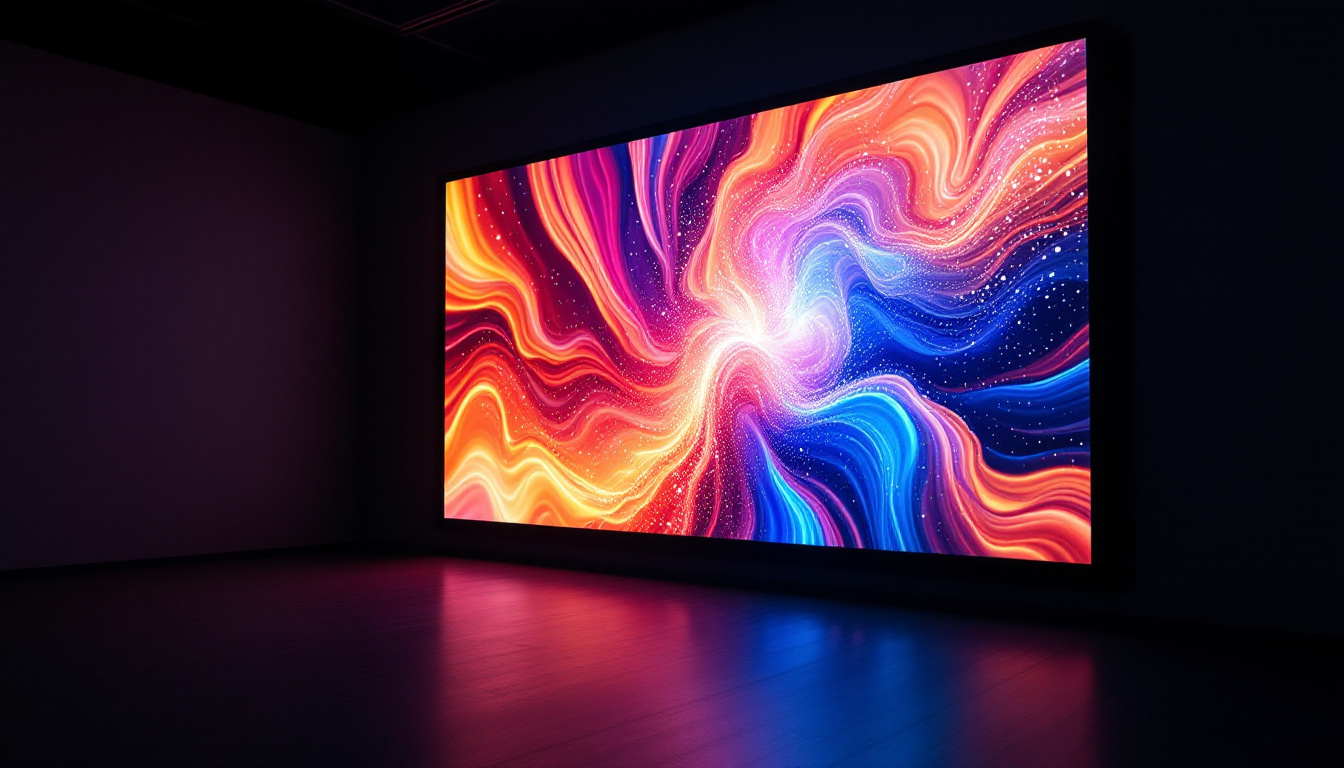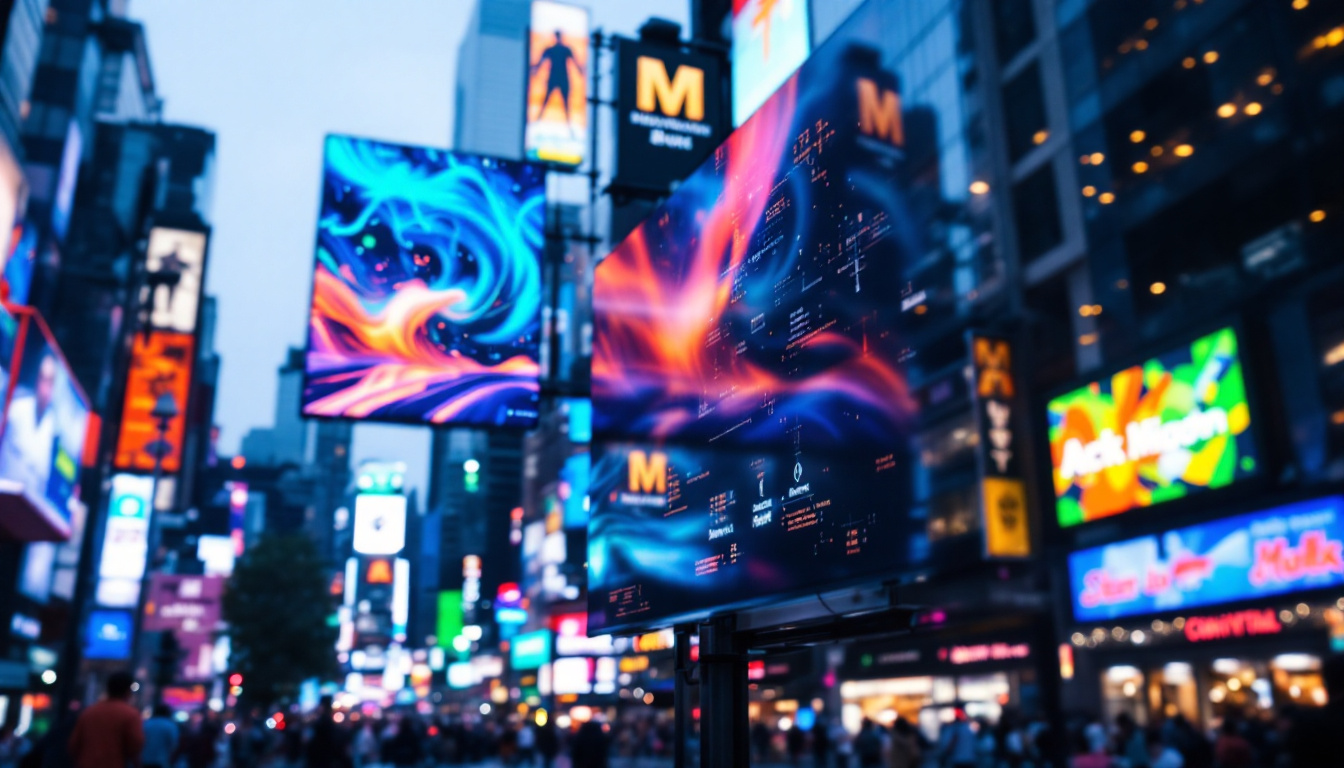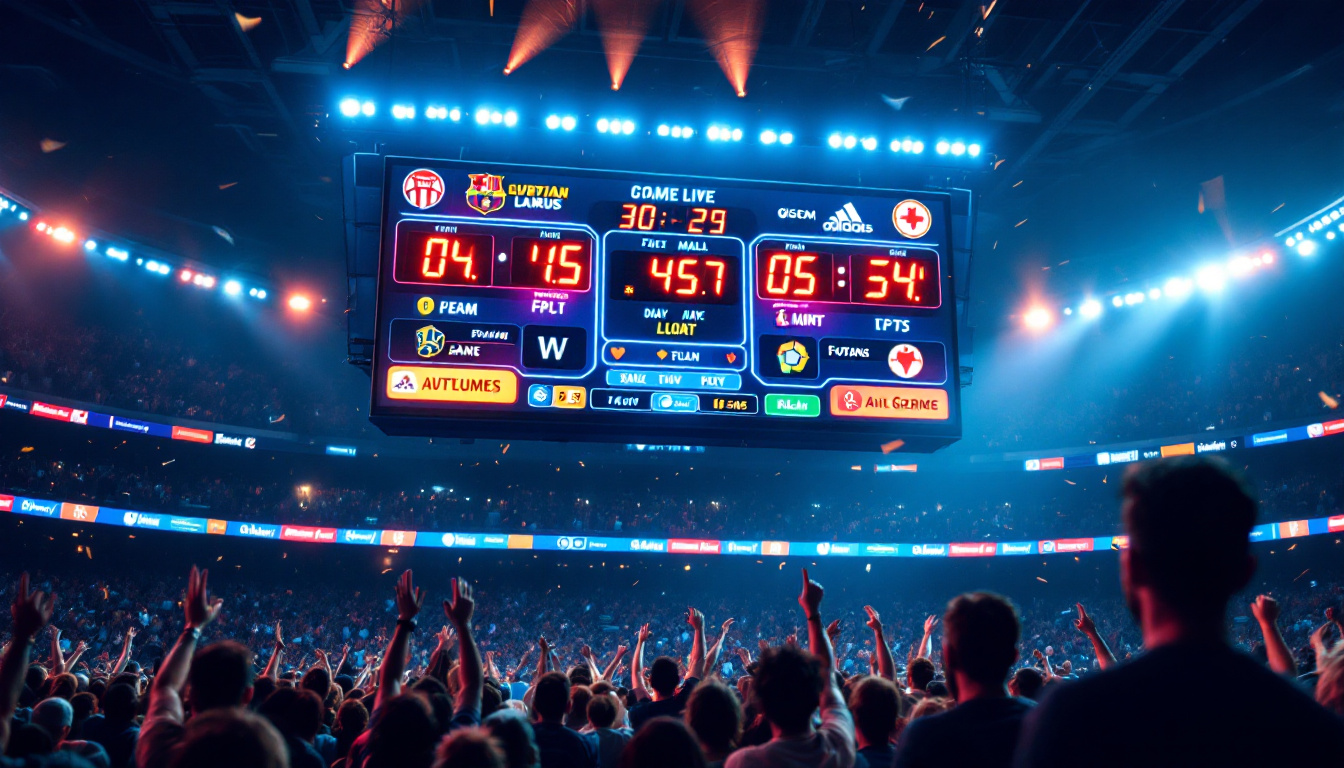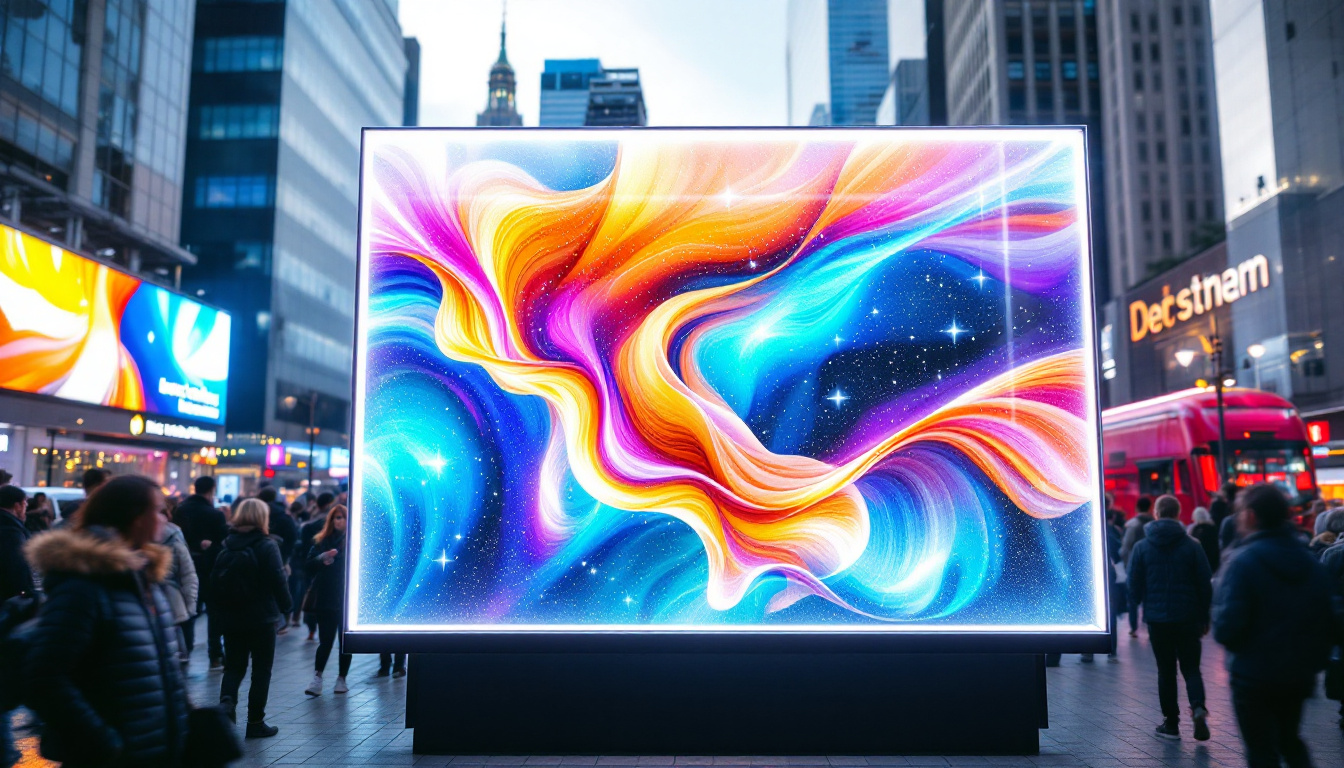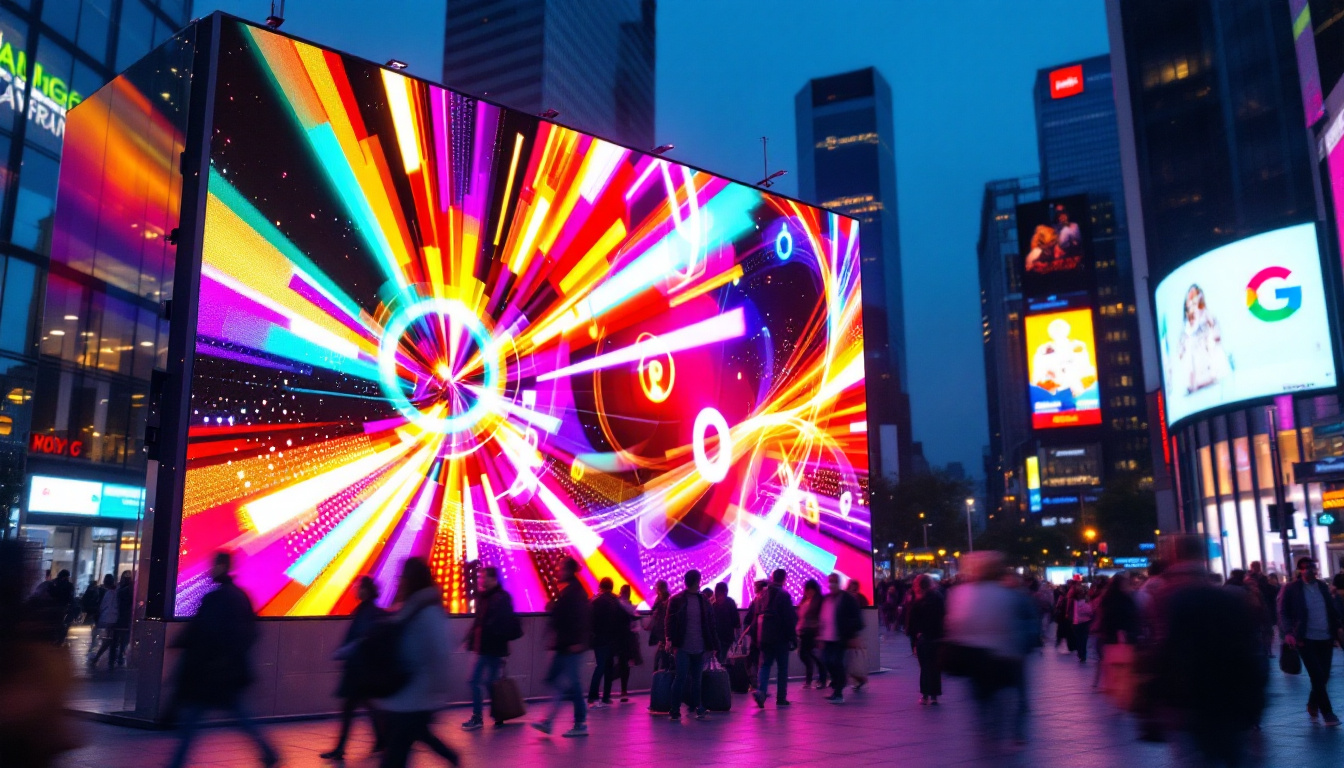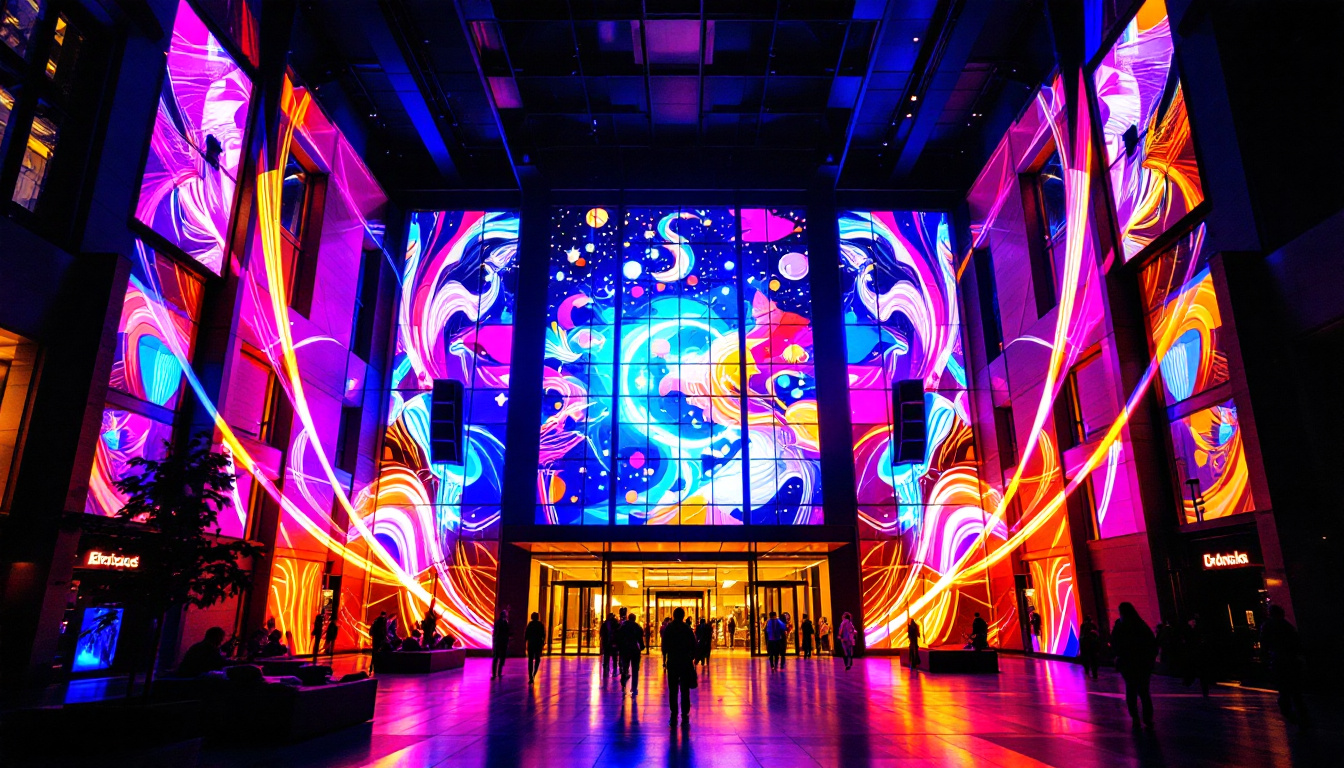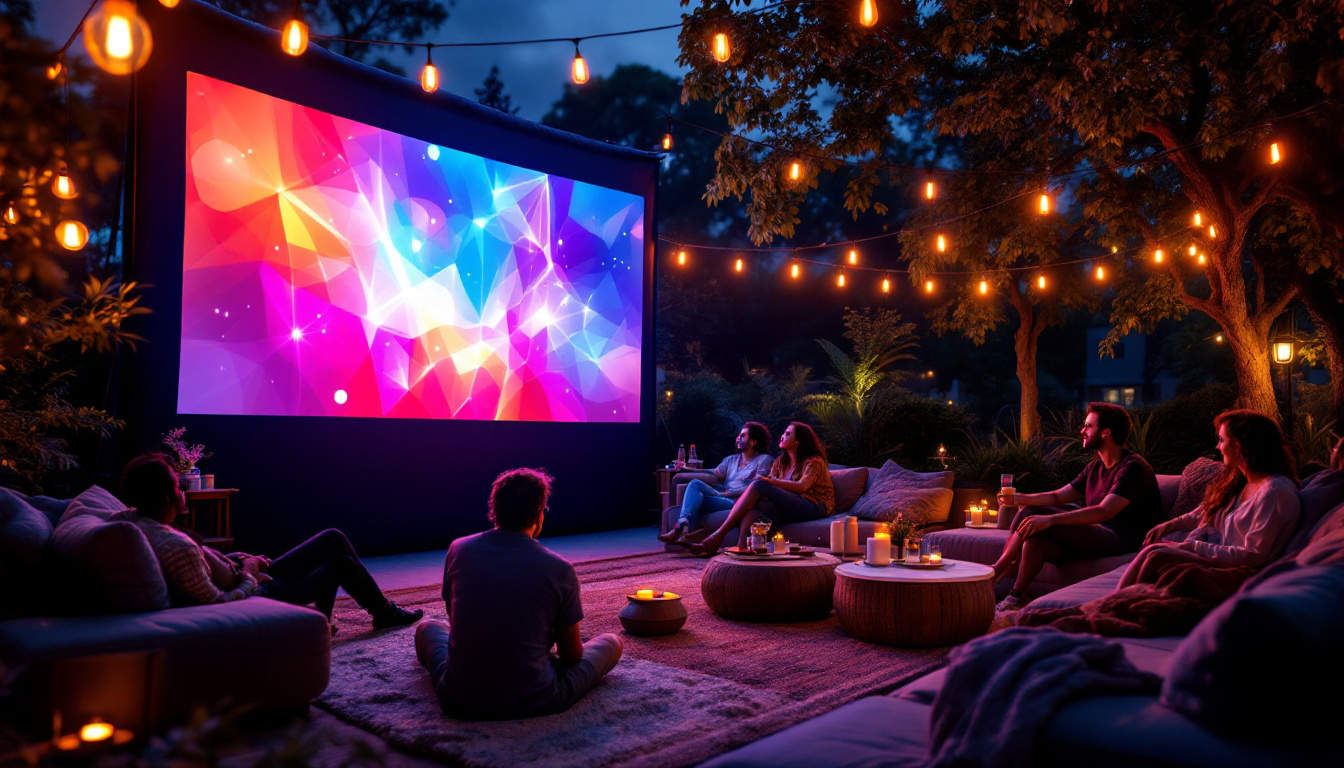In today’s digital age, visual communication has transformed significantly, with touch screen display walls becoming a prominent feature in various environments. These interactive displays not only enhance user engagement but also provide an innovative way to convey information. This article delves into the intricacies of touch screen display walls, particularly focusing on LED technology, its applications, benefits, and future trends.
Understanding Touch Screen Display Walls
Touch screen display walls are large-scale digital displays that allow users to interact with content through touch. They are commonly used in settings such as corporate environments, educational institutions, museums, and retail spaces. The integration of touch technology with LED displays has revolutionized how information is presented and interacted with. These interactive surfaces create engaging experiences, enabling users to explore information dynamically, whether it’s navigating through a corporate presentation or interacting with educational content in a classroom setting. The versatility of touch screen display walls means they can be tailored to meet the specific needs of various industries, enhancing communication and collaboration.
What is LED Technology?
LED, or Light Emitting Diode, technology is a method of producing light using semiconductor materials. In the context of display screens, LEDs are used to create bright, vibrant images and videos. LED displays are known for their high brightness, energy efficiency, and long lifespan, making them ideal for touch screen applications. The advancements in LED technology have also led to the development of ultra-thin display panels that can be seamlessly integrated into architectural designs, further enhancing the aesthetic appeal of spaces.
LED technology can be categorized into two main types: direct view and backlit. Direct view LED displays consist of individual pixels made up of LEDs, while backlit displays use LEDs to illuminate a liquid crystal display (LCD) panel. The direct view option is particularly popular for large touch screen display walls due to its superior image quality and color accuracy. Additionally, the ability to customize the size and shape of LED panels allows for creative installations that can fit into any environment, from a sleek corporate lobby to an immersive museum exhibit.
How Touch Screen Technology Works
Touch screen technology operates through various methods, including resistive, capacitive, and infrared systems. Each method has its unique way of detecting touch input, influencing the overall user experience. The choice of technology can significantly affect not only the responsiveness of the display but also its durability and suitability for specific applications.
- Resistive Touch Screens: These screens consist of two flexible layers separated by a small gap. When pressure is applied, the layers touch, registering the input. While cost-effective, resistive screens may not be as responsive or durable as other types. They are often used in environments where the cost is a primary concern, such as in some retail applications.
- Capacitive Touch Screens: These screens use the electrical properties of the human body to detect touch. They are more sensitive and can support multi-touch gestures, making them ideal for interactive applications. Capacitive screens are prevalent in consumer electronics and are favored for their sleek design and ease of use.
- Infrared Touch Screens: Utilizing an array of infrared sensors, these screens detect touch by interrupting light beams. They are highly durable and can work with gloves or styluses, making them suitable for various environments. This technology is particularly advantageous in industrial settings where users may need to operate the screens while wearing protective gear.
As touch screen technology continues to evolve, innovations such as haptic feedback and gesture recognition are being integrated into display walls, creating even more immersive experiences. Haptic feedback provides tactile responses to user interactions, enhancing the feeling of engagement, while gesture recognition allows users to control the display without physical contact, offering a hygienic alternative in public spaces. These advancements not only improve user interaction but also open up new possibilities for creative applications in art installations and interactive marketing displays.
Applications of Touch Screen Display Walls
Touch screen display walls have found applications across numerous sectors, each leveraging their interactive capabilities to enhance user experience and engagement.
Corporate Environments
In corporate settings, touch screen display walls serve as powerful tools for presentations, meetings, and collaborative work. They allow teams to brainstorm ideas, visualize data, and share information seamlessly. The interactive nature of these displays fosters collaboration, making it easier for participants to engage with content and contribute to discussions.
Education and Training
Educational institutions are increasingly adopting touch screen display walls to create dynamic learning environments. These displays facilitate interactive lessons, allowing students to engage with educational content in a hands-on manner. Teachers can use them to illustrate complex concepts, conduct quizzes, and encourage group participation, ultimately enhancing the learning experience.
Retail and Marketing
In the retail sector, touch screen display walls are used to create immersive shopping experiences. Brands can showcase products, provide detailed information, and even enable customers to customize items in real-time. This level of interaction not only attracts customers but also increases the likelihood of conversion, as shoppers can visualize their choices before making a purchase.
Benefits of Touch Screen Display Walls
The advantages of incorporating touch screen display walls into various environments are manifold, offering both functional and aesthetic benefits.
Enhanced User Engagement
One of the most significant benefits of touch screen display walls is their ability to engage users actively. Unlike traditional displays that passively present information, touch screens invite interaction, making the experience more memorable. This engagement is particularly beneficial in educational and marketing contexts, where capturing attention is crucial.
Versatility and Customization
Touch screen display walls are highly versatile and can be customized to suit specific needs. They can display a wide range of content, from videos and images to interactive applications and data visualizations. This flexibility allows organizations to tailor their displays to their audience, ensuring that the information presented is relevant and impactful.
Space Efficiency
In environments where space is at a premium, touch screen display walls offer a compact solution for information dissemination. By combining multiple displays into a single wall, organizations can maximize their visual communication capabilities without requiring additional floor space. This efficiency is particularly beneficial in crowded areas such as trade shows or busy retail environments.
Challenges and Considerations
While touch screen display walls offer numerous benefits, there are also challenges and considerations to keep in mind when implementing this technology.
Cost Implications
Investing in touch screen display walls can be a significant financial commitment. The initial costs of purchasing the technology, along with installation and maintenance expenses, can add up quickly. Organizations must carefully evaluate their budget and consider the potential return on investment before proceeding with such installations.
Maintenance and Durability
Touch screen display walls require regular maintenance to ensure optimal performance. Dust, fingerprints, and other contaminants can affect image quality and touch sensitivity. Additionally, the durability of the screens can vary based on usage and environmental factors. Organizations should establish a maintenance plan to keep their displays in top condition.
User Training
To maximize the benefits of touch screen display walls, users must be adequately trained on how to interact with the technology. This training is essential, particularly in educational and corporate settings, where effective use of the displays can significantly impact productivity and learning outcomes. Organizations should invest time and resources in training sessions to ensure users are comfortable and proficient with the technology.
Future Trends in Touch Screen Display Walls
As technology continues to evolve, so too will touch screen display walls. Several trends are emerging that promise to shape the future of this interactive technology.
Integration with Augmented Reality (AR)
The integration of augmented reality with touch screen display walls is an exciting development that has the potential to enhance user experiences further. By overlaying digital information onto the real world, AR can provide users with immersive interactions that blend physical and digital elements. This technology could revolutionize applications in education, retail, and entertainment.
Improved Touch Sensitivity and Accuracy
Advancements in touch technology are leading to improved sensitivity and accuracy in touch screen displays. Future displays may utilize advanced sensors and algorithms to provide a more responsive experience, allowing for finer control and more complex interactions. This enhancement will be particularly beneficial in applications requiring precision, such as design and engineering.
Eco-Friendly Solutions
As sustainability becomes increasingly important, the demand for eco-friendly touch screen display walls is on the rise. Manufacturers are exploring ways to create displays that use less energy, are made from recyclable materials, and have a reduced carbon footprint. These innovations will not only benefit the environment but also appeal to consumers who prioritize sustainability in their purchasing decisions.
Conclusion
Touch screen display walls represent a significant advancement in visual communication technology, combining the benefits of LED displays with interactive touch capabilities. Their applications span various sectors, from corporate environments to education and retail, providing enhanced user engagement and versatility. While challenges such as cost and maintenance exist, the future of touch screen display walls looks promising, with emerging trends like augmented reality and eco-friendly solutions paving the way for even more innovative applications.
As organizations continue to embrace this technology, it is essential to stay informed about the latest developments and best practices to maximize the benefits of touch screen display walls. By doing so, they can create engaging, interactive experiences that captivate audiences and drive success in an increasingly digital world.
Discover Cutting-Edge LED Displays with LumenMatrix
Ready to elevate your space with the latest in LED display technology? LumenMatrix is at the forefront of creating immersive visual experiences that captivate and engage. From dynamic Indoor and Outdoor LED Wall Displays to innovative solutions like Vehicle LED Displays, LED Sports Displays, and even Custom LED Displays, we have the technology to bring your vision to life. Embrace the future of visual communication with our All-in-One and Transparent LED Displays, designed to make a lasting impact. Don’t just share your message—make it unforgettable. Check out LumenMatrix LED Display Solutions today and transform the way you connect with your audience.

